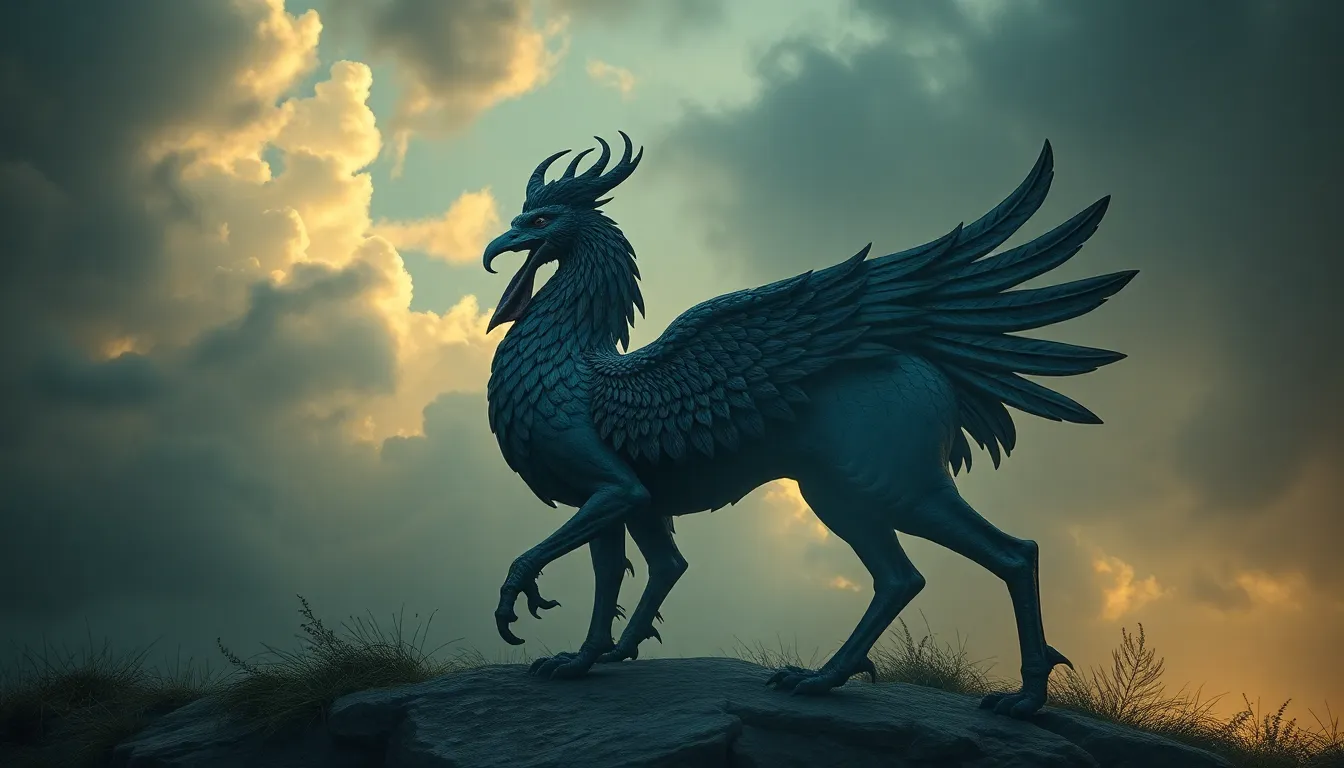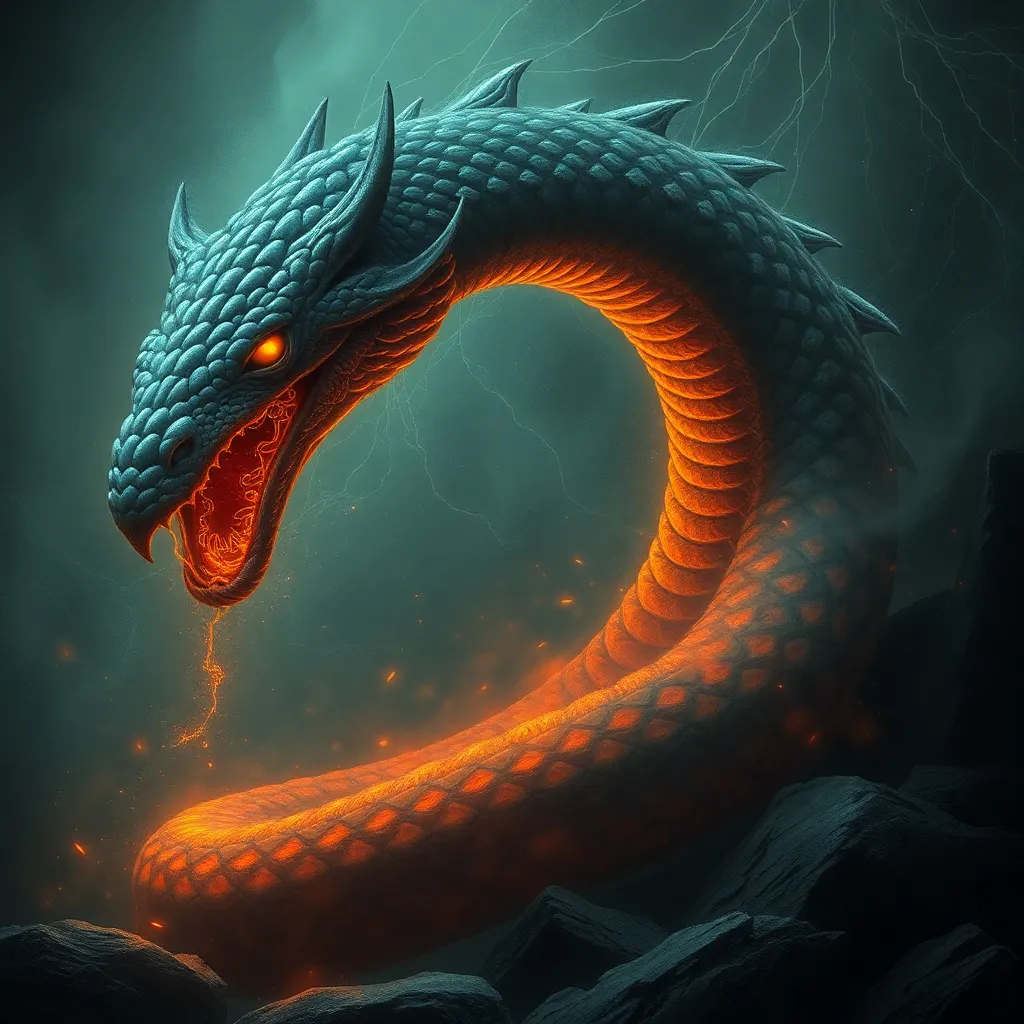The Simurgh as a Protector of the Land: Examining its Role in Turkish National Identity
I. Introduction
The Simurgh, a mythical bird of immense power and wisdom, holds a significant place in various mythologies, particularly in the context of Turkish culture. This majestic creature is often depicted as a guardian and a symbol of purity, embodying the hopes and aspirations of a people. As a figure that transcends mere folklore, the Simurgh has become integral to the Turkish national identity, representing the spirit of the land and its people.
This article aims to explore the multifaceted role of the Simurgh in shaping Turkish national identity, examining its mythological origins, protective characteristics, and its representation in contemporary culture.
II. The Mythological Origins of the Simurgh
A. Historical context of the Simurgh in ancient texts
The origins of the Simurgh can be traced back to ancient Persian texts, where it is depicted as a benevolent creature that possesses great knowledge and power. In the “Shahnameh,” an epic poem by Ferdowsi, the Simurgh plays a crucial role in guiding heroes and offering them wisdom. Various cultures have adopted and adapted the Simurgh, leading to a rich tapestry of interpretations.
B. Symbolism associated with the Simurgh across different cultures
- Persian Influence: In Persian mythology, the Simurgh is often seen as a symbol of divinity and the connection between heaven and earth.
- Turkish Folklore: In Turkish narratives, the Simurgh represents the protector of the land and its people, embodying the ideals of bravery and wisdom.
- Central Asian Traditions: The Simurgh is also present in Central Asian folklore, illustrating its widespread significance in the region.
C. Evolution of the Simurgh in Turkish folklore
As the Simurgh entered Turkish folklore, it underwent a transformation, becoming a more localized symbol of protection and national pride. The bird is often portrayed as a nurturing figure, guiding lost souls and safeguarding the natural world, thus solidifying its role in the Turkish cultural narrative.
III. The Simurgh as a Guardian Figure
A. Characteristics and attributes of the Simurgh as a protector
The Simurgh is characterized by its immense size, radiant feathers, and sharp intellect. It is often depicted as a bridge between the earthly realm and the divine, showcasing attributes such as:
- Wisdom and Knowledge
- Strength and Protection
- Compassion and Nurturing
B. Stories and legends depicting the Simurgh’s protective role
Numerous stories depict the Simurgh’s protective nature. For instance, in the tale of “The Simurgh and the Heroes,” the bird aids a young hero in overcoming challenges, providing guidance and support at critical moments. These narratives reinforce the Simurgh’s role as a guardian of the people.
C. Comparison with other protective figures in Turkish mythology
In Turkish mythology, the Simurgh stands alongside other protective figures such as:
- Ergenekon: A legendary mountain where the Turks emerged victorious against their enemies.
- Kızılderili: A protective spirit associated with nature and the balance of life.
While each figure has unique attributes, the Simurgh’s combination of wisdom and strength makes it particularly revered.
IV. The Simurgh in Turkish Nationalism
A. The emergence of national identity in Turkey
The late 19th and early 20th centuries witnessed the rise of nationalism in Turkey, leading to a renewed interest in cultural symbols that could unify the people. The Simurgh emerged as a powerful emblem of this national awakening, symbolizing the strength and resilience of the Turkish nation.
B. The Simurgh’s representation in nationalist literature and art
In literature and art, the Simurgh has been depicted as a symbol of national pride. Writers and artists have embraced its image, often portraying it as a protector of the Turkish heritage and culture. This representation has helped to solidify its status as a national icon.
C. The role of the Simurgh in political discourse and symbolism
The Simurgh has also found its way into political discourse, often used by leaders and movements to evoke a sense of unity and resilience among the populace. It serves as a reminder of the strength that lies within the Turkish identity.
V. The Simurgh in Modern Turkish Culture
A. Representation of the Simurgh in contemporary media and arts
Today, the Simurgh continues to inspire contemporary artists, filmmakers, and writers in Turkey. Its image appears in various forms of media, from cinema to literature, symbolizing continuity and cultural pride.
B. Influence of the Simurgh on modern Turkish identity and values
The values associated with the Simurgh—wisdom, protection, and nurturing—have influenced modern Turkish identity. It serves as a reminder of the importance of safeguarding cultural heritage while embracing the future.
C. The Simurgh as a bridge between tradition and modernity
In this sense, the Simurgh acts as a bridge, connecting the rich traditions of the past with the modern aspirations of Turkish society. Its presence in contemporary culture fosters a sense of continuity and belonging.
VI. The Simurgh and Environmental Stewardship
A. Symbol of harmony between nature and humanity
The Simurgh is often viewed as a symbol of harmony between nature and humanity, emphasizing the need for balance and respect for the environment. This connection is vital in a world facing ecological challenges.
B. Role of the Simurgh in promoting ecological awareness in Turkey
In recent years, the Simurgh has been invoked in environmental campaigns, highlighting its protective qualities. Initiatives aimed at conservation and ecological awareness often draw on the symbolism of the Simurgh to inspire action.
C. Cultural initiatives that draw on the Simurgh’s protective qualities for environmental causes
Several cultural initiatives and organizations in Turkey have embraced the Simurgh as a mascot for environmental causes, organizing events and educational programs to raise awareness about ecological preservation.
VII. Critiques and Controversies
A. Diverse interpretations of the Simurgh within Turkish society
While the Simurgh is celebrated, its interpretations can vary widely within Turkish society. Different communities may emphasize different aspects of the myth, leading to diverse understandings of its significance.
B. Discussions on cultural appropriation and the commercialization of the myth
There are ongoing discussions regarding the commercialization of the Simurgh’s image in popular culture. Some argue that this commercialization dilutes its cultural significance, while others believe it can help promote awareness and appreciation.
C. The relevance of the Simurgh in addressing contemporary national issues
The Simurgh remains relevant in contemporary discussions about national identity, unity, and cultural heritage. Its symbolic power can serve as a rallying point for addressing various national challenges.
VIII. Conclusion
In conclusion, the Simurgh holds a significant place in Turkish national identity, serving as a protector and symbol of unity. Its rich mythological origins, along with its role in folklore, nationalism, and modern culture, illustrate its enduring significance.
As Turkey continues to navigate the complexities of modern identity, the Simurgh will likely remain a potent symbol of protection, wisdom, and cultural continuity. Its legacy will continue to inspire future generations, bridging the gap between tradition and modernity, and reinforcing the values that underpin Turkish society.



